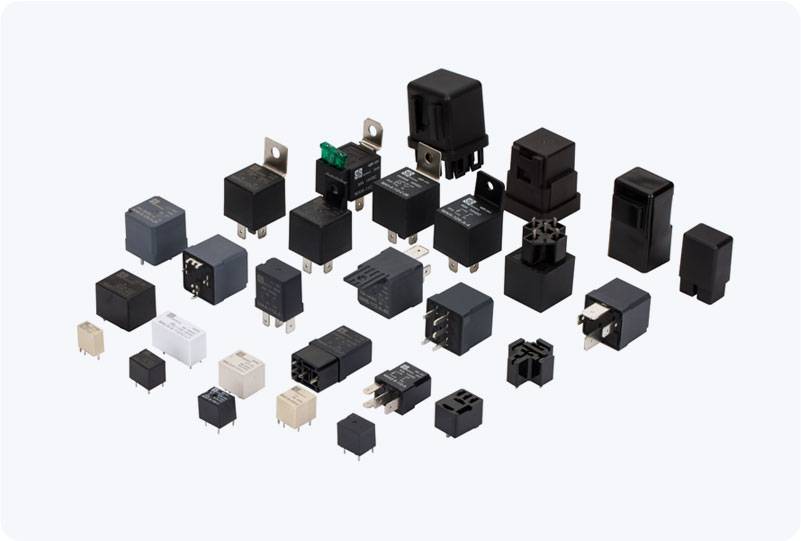The IEC 61811 Power Relay standard is a vital guideline for the design, performance, and testing of electrical relays used in industrial control systems. This standard, developed by the International Electrotechnical Commission (IEC), provides detailed specifications to ensure the reliability, safety, and efficiency of power relays across a wide range of applications. In this article, we will explore the essential features of the IEC 61811 Power Relay standard, its significance in various industries, and the testing processes that ensure its compliance.

Overview of IEC 61811 Power Relay IEC 61811 covers electromechanical power relays and their performance requirements in industrial and commercial applications. Power relays are crucial for switching electrical circuits on and off and are used in various sectors, including automation, telecommunications, automotive, and home appliances. The standard defines the electrical, mechanical, and environmental characteristics of relays, establishing a framework for manufacturers to design and test relays that meet universal industry standards. A power relay, as defined by IEC 61811, is a device that utilizes an electromagnet to open or close contacts in a circuit. These relays are designed to manage high-voltage or high-current applications, making them indispensable in systems that require reliable switching.